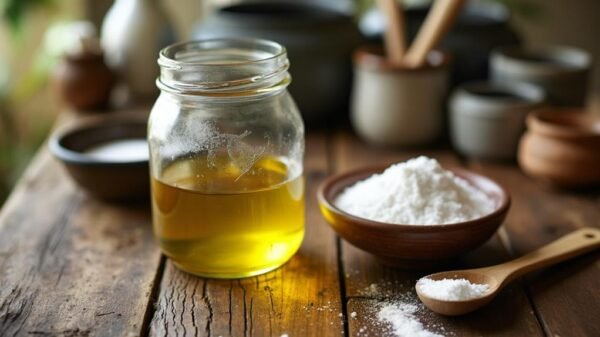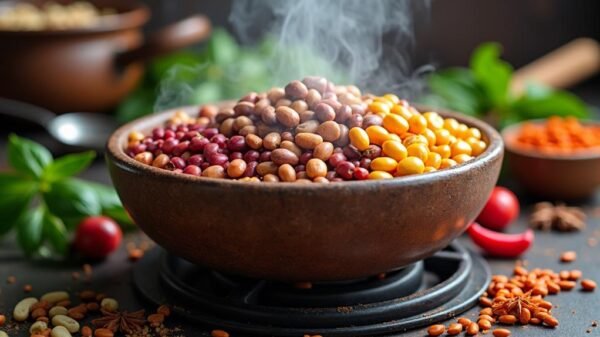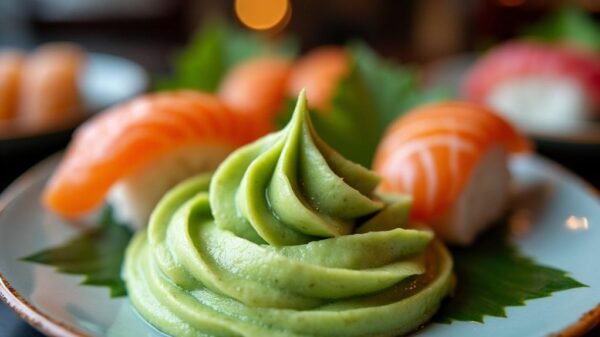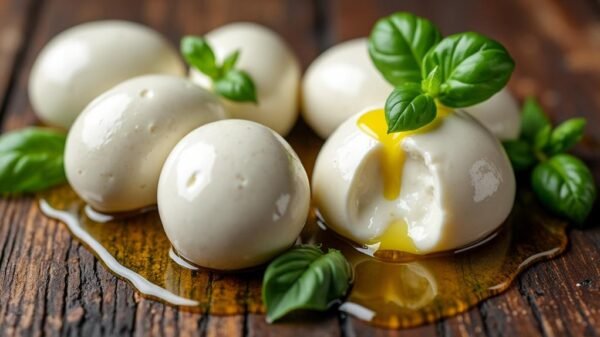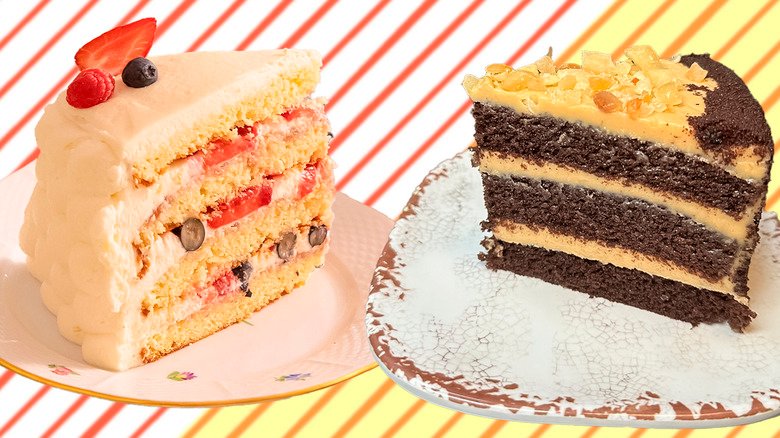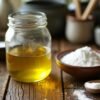How to Effectively Clean Your Stanley Tumbler
Stanley tumblers have gained immense popularity for their durability and ability to keep beverages at the desired temperature for extended periods. However, with great usage comes the necessity for regular maintenance. Getting rid of residue, odors, and stains from your beloved Stanley tumbler isn’t just essential for aesthetics; it ensures your drinks remain safe and tasty. In this article, we outline a straightforward method to clean your tumbler effectively using common household ingredients.
Understanding the Challenges of Cleaning Tumblers
The design of many Stanley tumblers includes deep interiors with narrow openings, which can make traditional cleaning methods, like sponges or brushes, less effective. For instance, coffee oils from previous beverages can cling to the sides, and any food residues can become stubborn if left for too long. This can be particularly inconvenient if you frequently switch from hot to cold drinks.
Using Rice and Vinegar to Clean Your Tumbler
Stanley provides a practical cleaning method that only requires two simple ingredients: uncooked rice and white vinegar. This combination utilizes the natural properties of both ingredients to scrub your tumbler without the need for harsh chemicals. The rice acts as a gentle abrasive, while the vinegar, being acidic, works to eliminate bacteria and unpleasant odors.
Steps for Cleaning Your Stanley Tumbler
-
Prepare Your Ingredients: Gather a quarter cup of uncooked rice and three ounces of white vinegar. These items are likely already in your kitchen, making this cleaning method both cost-effective and convenient.
-
Add Ingredients to Your Tumbler: Pour both the rice and vinegar into your tumbler. Make sure the lid is securely fastened before shaking.
-
Shake Vigorously: Give the tumbler a strong shake for about one minute. This process allows the rice to come into contact with all surfaces inside the tumbler, helping to dislodge any stubborn residues while the vinegar cleans.
-
Let It Sit: After shaking, allow the mixture to sit for a few minutes. This rest period lets the vinegar do its disinfecting work inside your tumbler.
- Rinse Thoroughly: Discard the mixture and rinse the tumbler with warm water. Make sure to remove all traces of rice and vinegar before air drying the tumbler completely.
Important Considerations
Stanley tumblers are designed to withstand various temperatures and conditions, but it is essential to avoid using bleach or commercial cleaners, as these can damage the internal seals. Opting for vinegar not only cleans effectively but also maintains the integrity of the tumbler.
Maintaining Your Tumbler
Regular cleaning of your Stanley tumbler is vital, especially if you use it for a variety of beverages. Ideally, aim to clean it after every few uses, particularly after holding drinks with strong odors or staining properties, such as coffee or sports drinks. Additionally, keeping your tumbler stored in a dry and clean environment can extend its lifespan.
Final Thoughts
Keeping your Stanley tumbler clean is a simple task that can significantly enhance your drinking experience. Utilizing common household items like rice and vinegar streamlines the process while being effective against various residues and odors. Regular maintenance not only ensures safety but also preserves the taste of your beverages. Adopting this cleaning routine will help maintain the functionality and appearance of your tumbler, allowing you to enjoy it for many years to come.








